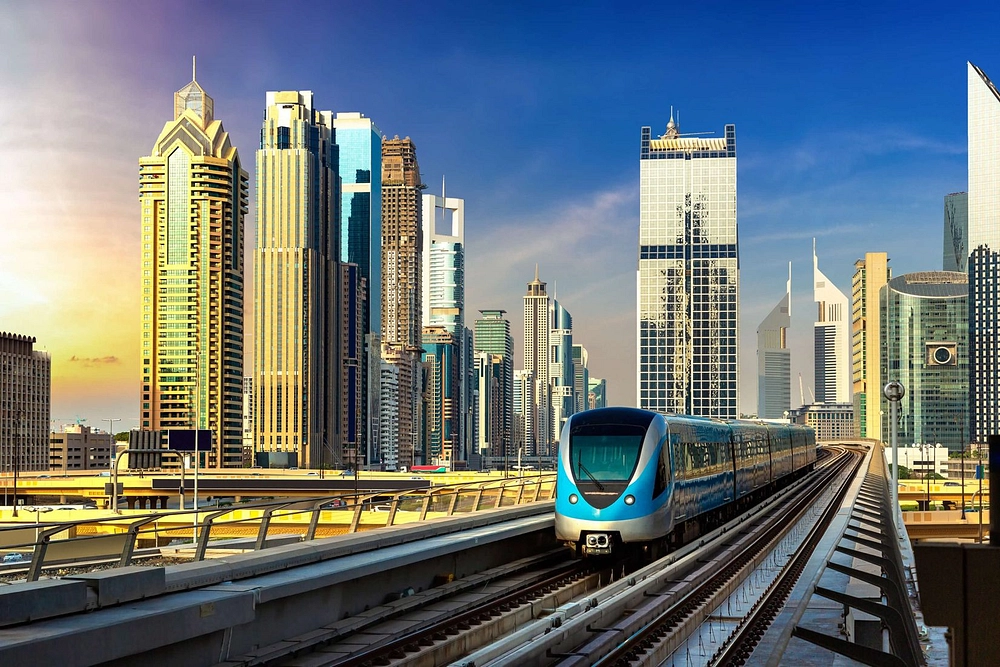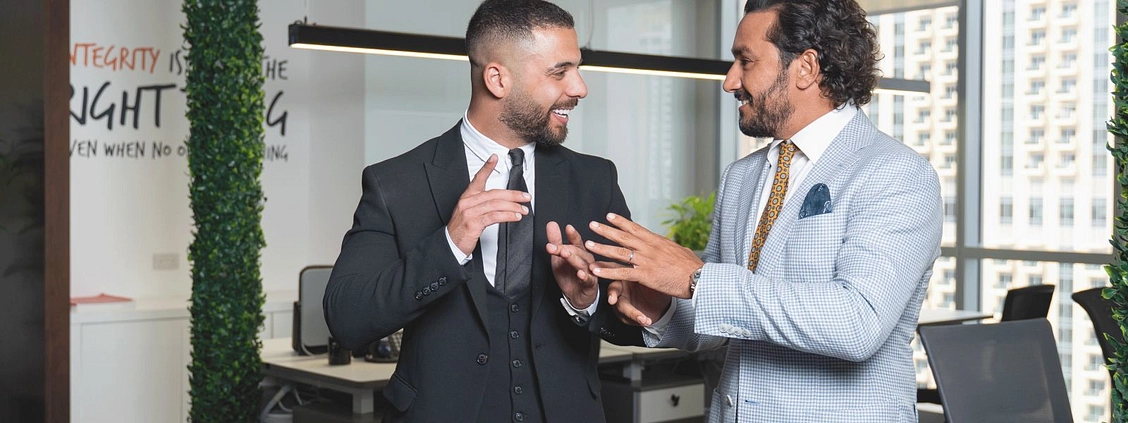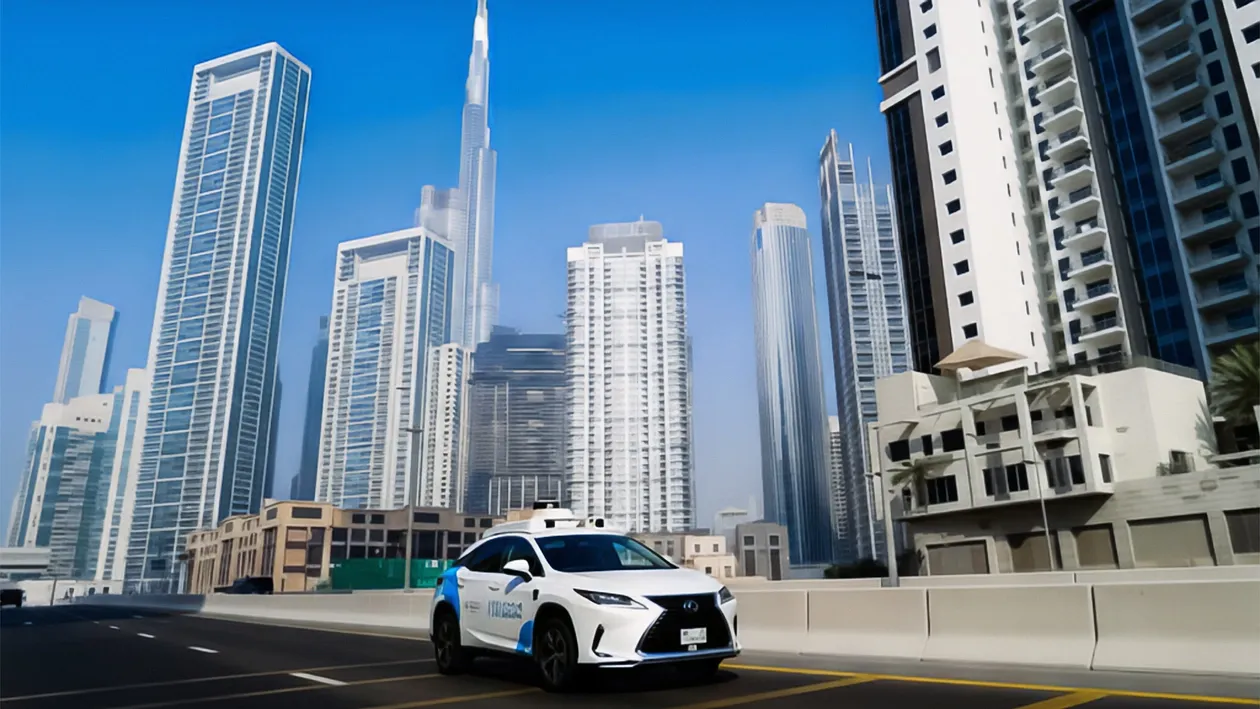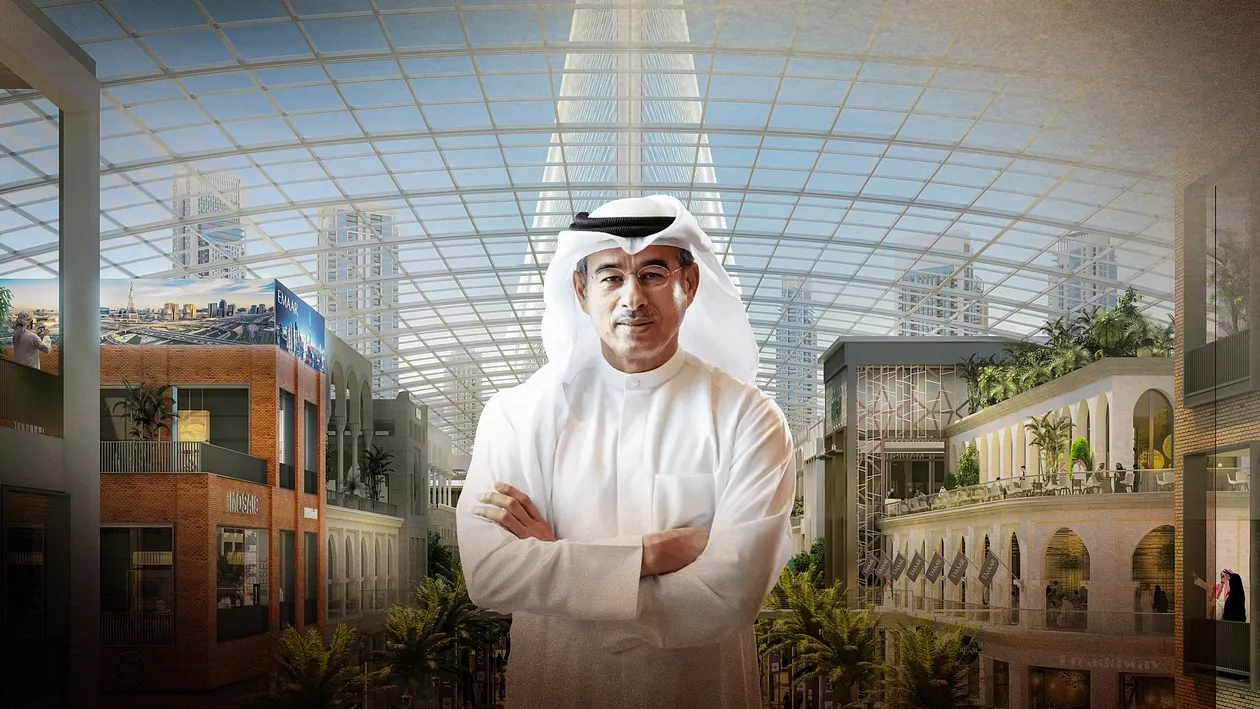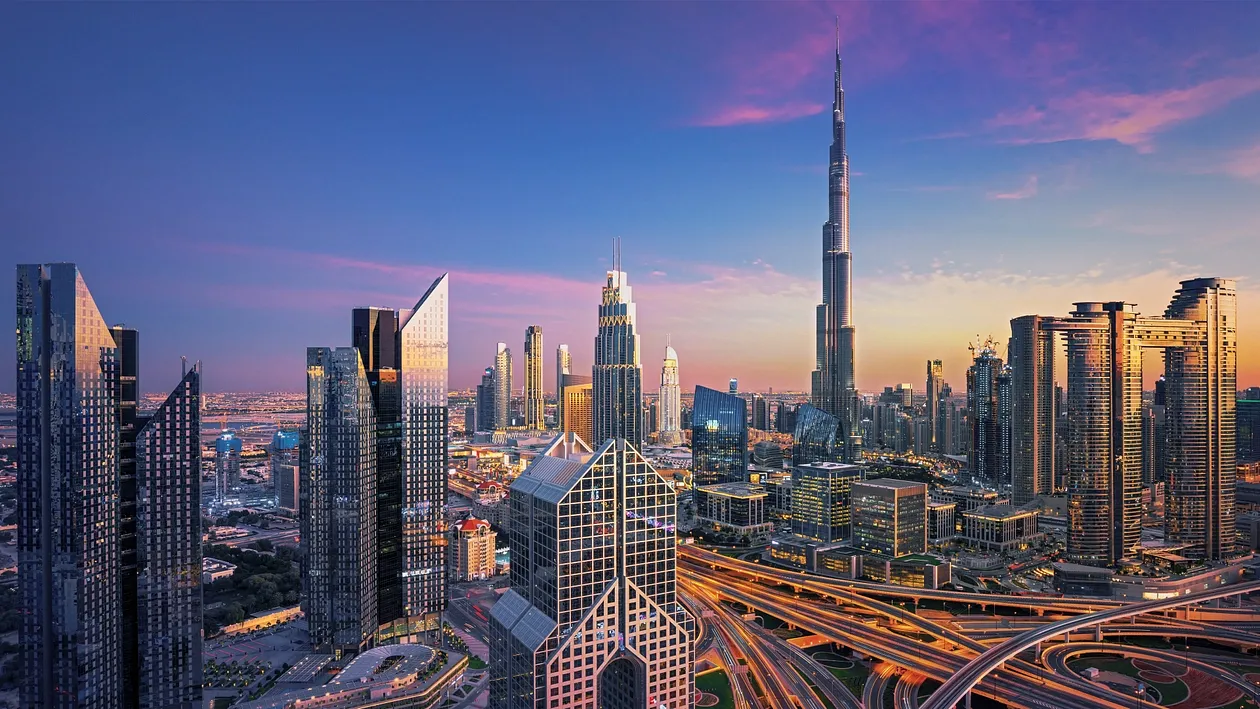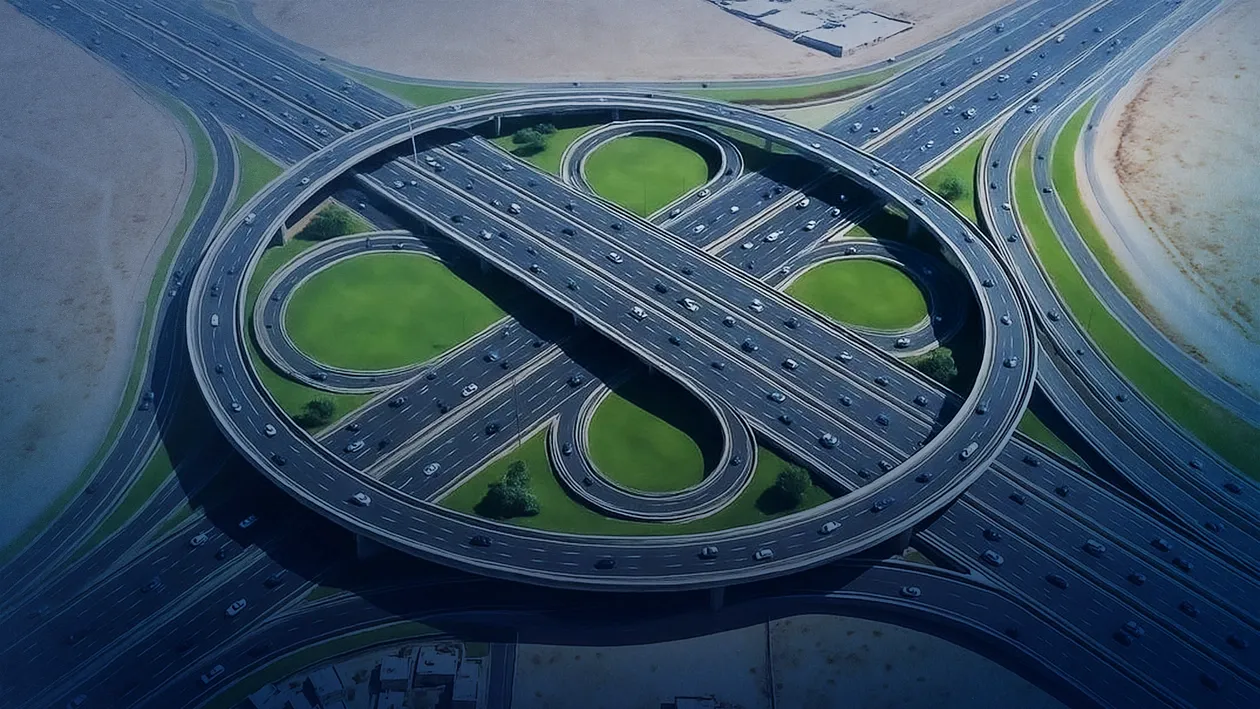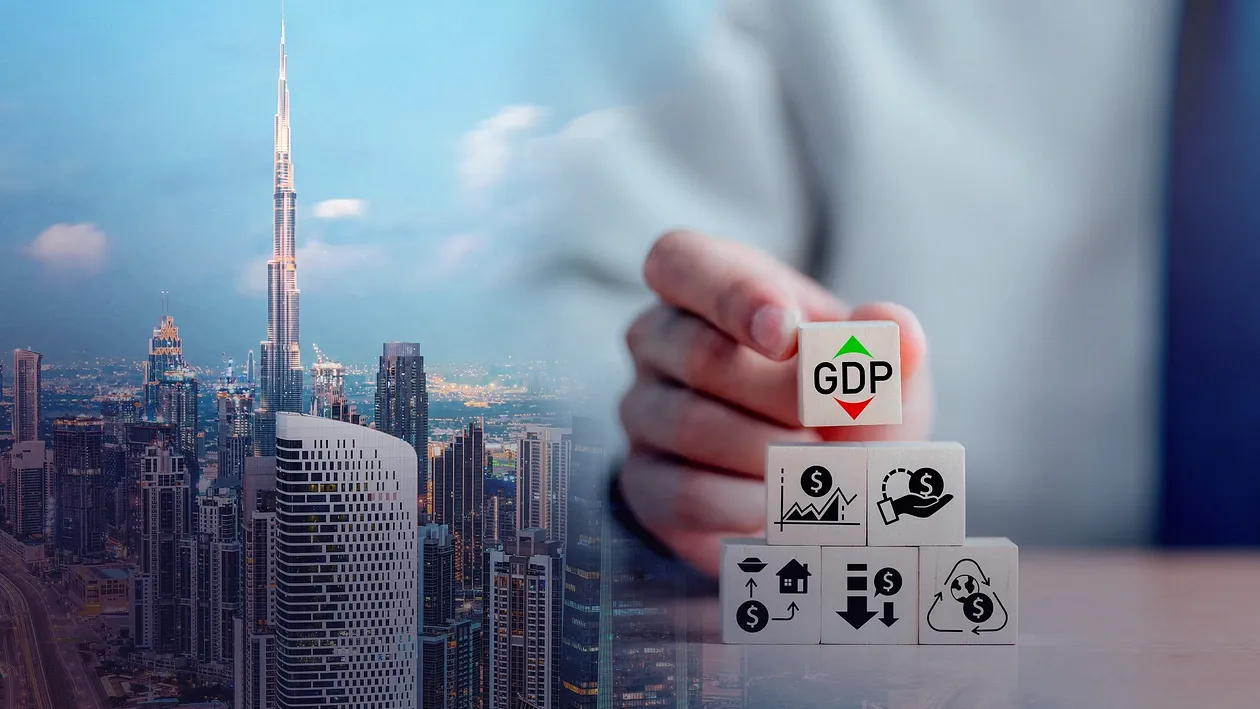Signature Collection
Explore SignatureDubai Metro is a rapid transit rail network representing the city's rapid growth and commitment to sustainability. One of the city's most popular modes of transport is also the world's largest automated driverless train. The project, initiated in 2009 by His Highness Sheikh Mohammed bin Rashid Al Maktoum, has since enabled the Dubai Metro to transport 500,000 people daily, significantly enhancing the convenience and cost-effectiveness of travel within the Emirate.
Efficient, reliable, and cost-effective, the Metro is a vital part of public transportation in Dubai, connecting major landmarks, business hubs, and residential areas. Here’s everything you need to know about how to use Dubai Metro.
Overview of Dubai Metro
The Dubai Metro system comprises two main lines: the Red Line and the Green Line, with further expansions planned, including the Blue Line. Here is an overview of the metro lines in Dubai.
Red Line
The Red Line Metro in Dubai is a pivotal artery of the city's transportation network, from Centrepoint (R11) to Expo 2020 (R76). Parallel to Sheikh Zayed Road, the metro seamlessly connects key commercial and residential areas, including iconic landmarks such as the Burj Khalifa, Dubai Mall, and Dubai International Airport.
Two interchange stations, Union and BurJuman, are connected with the Green Line, whereas Jabal Ali serves as an interchange station between the main Red Line (Route 2020) to Expo City Dubai and the branch line to UAE Exchange. DMCC and Sobha Realty metro stations offer connections to the Dubai Tram at Jumeirah Lake Towers and Dubai Marina stations, respectively.
Known for its punctuality and modern facilities, the Red Line offers a convenient, efficient, and environmentally friendly travel option for residents and visitors alike, enhancing mobility across Dubai's bustling urban landscape.
- Dubai Metro Stations: 35 (including Route 2020 branch)
Green Line
The Dubai Metro's Green Line serves as a crucial link within the city’s public transport system from Etisalat Station to Creek Station. This line traverses through historic and culturally rich neighborhoods, connecting 20 stations, including prominent stops near Dubai Creek, Al Ghubaiba, and Dubai Healthcare City areas. The Dubai metro stations along the Green Line route are numbered from G11 to G30, covering a distance of 22.5 kilometers (14.0 miles) across zones 5 and 6.
Major interchange Dubai Metro Stations at Union and Burjuman facilitate seamless transfers to the Red Line, expanding the reach and accessibility of the metro network. Designed to accommodate high passenger volumes efficiently, the Green Line enhances connectivity to educational institutions, healthcare facilities, and commercial centers, making it an essential component of Dubai's urban mobility infrastructure.
Dubai Metro Stations: 20
Blue Line
The Blue Line, currently in the planning stages, will further enhance Dubai's comprehensive metro network by providing additional connectivity and easing congestion on existing lines. The project, which is slated to be finished by 2029, will feature 14 stations, including three interchange stations facilitating connections between the current Red and Green Lines.
This line is anticipated to serve various residential and commercial areas, including Bur Dubai and Deira, Downtown and Business Bay, Dubai Silicon Oasis and Dubai Marina, and JBR and Expo City Dubai. The third metro line will span 30 kilometers and will also offer interchanges with existing and forthcoming metro lines and connectivity to the Etihad Rail network.
Dubai Metro Stations: 14

Operating Hours
The Dubai Metro operates throughout the week, but its schedule varies between weekdays and weekends. Wondering what time Dubai Metro opens and closes in Dubai? Here's the updated schedule for Dubai Metro working hours:
- Monday to Thursday: 5:00 am – 12:00 am (Midnight)
- Friday: 05:00 am – 01:00 am (Next day)
- Saturday: 5:00 am – 12:00 am (Midnight)
- Sunday: 8:00 am – 12:00 am (Midnight)
These are the Metro closing time and Metro starting time in Dubai. Both Dubai Metro's green line and red line timings are the same. Keep in mind that Dubai Metro opening hours might be adjusted during public holidays and special events. For the most accurate and up-to-date information, it's advisable to check the official Roads and Transport Authority (RTA Dubai) website or use the RTA Dubai app.
For essential trips outside of metro operating hours, passengers can book an RTA taxi or utilize ride-hailing applications like Careem and Uber.
Dubai Metro Pass
Dubai Metro offers two types of passes: monthly and daily. The Dubai Metro monthly pass provides unlimited travel, allowing users to enjoy extensive access across all metro lines for an entire month. This pass is available to all NOL card holders, including NOL Silver Cards, Nol Red Tickets, and Nol Gold Card users, ensuring a convenient and cost-effective solution for regular commuters. Moreover, there is a new RTA Nol Travel Card that offers various discounts and other benefits.
The Dubai Metro one-day pass is non-reloadable and valid only for the day it is first used, expiring at midnight of that day. It's important to complete all your journeys by midnight, as the pass does not extend to a full 24 hours from the time of first use.
Dubai Metro Ticket Prices
Dubai Metro’s fare system is based on zones. The city is divided into seven fare zones, and the fare depends on the number of zones you travel through.
- Single Zone: AED 4
- Two Zones: AED 6
- Three or More Zones: AED 8.50
Checking the balance of your NOL card is straightforward. Simply tap your card at the entry or exit points of your journey, and the balance will be displayed on the screen. Additionally, you can recharge your card at any Dubai Metro station.
For those who prefer digital solutions, the RTA app or NOL PAY app offers an easy way to check your balance and top up your card. Alternatively, visit the official RTA website, enter your nol tag ID, and instantly view your remaining balance. This variety of options ensures that managing your Dubai Metro pass is as convenient as your travels.
Future Expansions
Dubai Metro is continually expanding, with new lines and extensions planned to connect more parts of the city and improve overall connectivity. Future projects include the Route 2020 extension, which connects to the Expo 2020 site, and other potential new lines to serve growing residential and commercial areas.
Dubai Metro is an indispensable part of the city’s transportation network, offering a fast, efficient, and affordable way to travel. Whether you’re a resident or a visitor, mastering the Metro system will enhance your experience of Dubai, making it easier to explore and enjoy all the city has to offer.
For more detailed information and updates, visit the official RTA website. Alternatively, use the RTA app to plan your route and check for any service updates.
FAQs About Dubai Metro
Many amenities are available at the stations and trains, including Free Wi-Fi. Furthermore, Dubai metro stations and trains are designed to be accessible for people with disabilities, with elevators, ramps, and designated seating. Many Metro stations also offer Park-and-Ride facilities, allowing commuters to park their cars and use the Metro.
The Dubai Metropeak hours are from 07:00 AM to 09:30 AM and from 05:00 PM to 08:30 PM). Try to avoid traveling during these rush hours to avoid delays. However, crowd management procedures are in place to ensure the safety and convenience of the commuters.
Popular Destinations on the way are as follows:
- Burj Khalifa / Dubai Mall: Access the world’s tallest building and one of the largest shopping malls via the Burj Khalifa/Dubai Mall Station on the Red Line.
- Mall of the Emirates: The Mall of the Emirates Station on the Red Line connects you to this shopping and entertainment hub, which includes Ski Dubai.
- Dubai International Airport: Terminals 1 and 3 are directly accessible via the Red Line.
During off-peak hours, Red Line trains operate at intervals of 5 to 7 minutes, amounting to an average frequency of 8.5 trains per hour. However, during peak times, the minimum headway decreases to 3 minutes and 45 seconds, resulting in 16 trains per hour. Currently, there are 44 trainsets in service on this line.
Want to rent a place near the metro line? Al Furjan, Bur Dubai, Al Barsha, Al Qusais, Al Karama, and Discovery Gardens are some of the popular areas to rent apartments near Dubai Metro Stations.
For more information, get in touch with us at Provident
